This article was medically reviewed by Jennifer Boidy, RN. Jennifer Boidy is a Registered Nurse in Maryland. She received her Associate of Science in Nursing from Carroll Community College in 2012.
There are 7 references cited in this article, which can be found at the bottom of the page.
This article has been viewed 28,460 times.
A PICC line (or “Peripherally Inserted Central Catheter”) is a thin tube used to administer fluids, antibiotics and drugs directly into a vein in your arm. Caring for a PICC line involves changing the bandage about once a week (or if it gets wet or soiled), flushing the line as recommended by your physician, protecting the catheter site from damage or removal, and checking it regularly. Be sure to keep the catheter site dry and clean, and follow your physician’s exact directions about home care for your PICC line.
Steps
Changing the Bandage
-
1Prepare the supplies you need. Before changing your bandage, wash your hands and set up your supplies in a clean, distraction-free area so that they are easy to access during the process. Be sure to follow your healthcare provider’s specific instructions about what materials to use, and how to keep your materials and environment sterile. As a general rule, you will need:[1]
- Cleaning solution (as specified by your physician)
- Small gauze pads (to apply the solution)
- Sterile medical gloves
- A face mask
- Sterile gauze and medical tape, or special adhesive bandages
- A small trash bag
-
2Remove the old dressing. Put on your gloves and face mask. Gently remove the bandage without pulling or touching the catheter. Discard the old bandage in the trash bag.[2]Advertisement
-
3Clean the catheter area. Using a small gauze pad doused with cleaning solution, gently clean the catheter area. Wipe the skin in a circular motion, starting at the part when the catheter meets your skin and moving outwards. Discard the gauze pad and let the site air dry.[3]
-
4Re-bandage the area. If you are applying a gauze bandage, gently cover the catheter site and apply tape around the entire perimeter of the gauze. If you are applying an adhesive bandage, gently place it over the catheter site and press firmly around the edges to seal it to the skin. Smooth the bandage to remove any wrinkles.[4]
Flushing Your PICC Line
-
1Make sure you have the necessary materials. Before flushing your PICC line, make sure that you have all of the required materials as established by your physician. You will need a syringe (available in medical supply stores and most pharmacies), alcohol wipes (or rubbing alcohol and cotton balls), and a flushing solution. The flushing solution is usually a saline solution, which is sent through the PICC line to clean it out.[5]
- Follow your physician’s direct instructions for how to make or purchase a sterile saline solution.
- You might also have to flush your PICC line with a solution containing heparin, a blood thinner that prevents blood from clotting around your catheter.
- PICC lines must be flushed before AND after medications and fluids are administered, after drawing blood, as well as once in the morning and once at night when not in use.[6]
-
2Fill the syringe. Open a bottle of the flushing solution. Remove the cap of the syringe and push the plunger down all the way. Put the tip of the syringe into the solution, then pull the plunger to slowly fill the syringe to the amount recommended by your physician.[7]
-
3Remove air from your syringe. Point the syringe upwards and flick it to bring any air bubbles inside to the surface. Slowly push the plunger until a drop of liquid comes out of the top, ensuring that the air bubbles are released. Put the cap on the syringe if you are not using it right away.[8]
-
4Inject the flushing solution into the tube. Gently remove your bandage and wipe the port of the catheter with alcohol. If there is a cap, open it and insert the tip of the syringe into the port. Push the plunger down slowly and gently to inject the solution into the PICC line.[9]
- If you feel pressure or discomfort when injecting the liquid, stop immediately and contact your physician. Never try to force the flushing solution into the line.
Protecting Your PICC Line
-
1Cover your PICC line dressing in the shower. When showering, cover your PICC line dressing with a waterproof covering to keep it dry. Purchase a special airtight PICC line covering (online or from a medical supply store) to wear in the shower, or when you are anywhere near water (e.g. when watering your lawn).[10]
- You can also cover your PICC line bandage with plastic wrap, securely fastened around the area with medical tape (available at pharmacies).[11]
-
2Only touch your PICC line with clean hands. Always wash your hands thoroughly with soap and water before touching your PICC line for any reason. For an effective clean, scrub your hands with soap for at least twenty seconds before rinsing them.[12] You can also used an alcohol-based antibacterial hand cleanser to sanitize your hands. [13]
-
3Do not submerge your PICC line in water. While showers and short baths (with your PICC line connections remaining outside of the water) are acceptable, your PICC line should not be fully submerged in water for any reason. Avoid swimming, hot tubs, or other activities that would leave your body completely under water for an extended period of time.[14]
- Even waterproof coverings can be penetrated by water if you soak in a tub or pool, which may lead to an infection.
-
4Keep your pets away from your PICC line. It is important to keep your pets at a safe distance from your PICC line to prevent accidents or injury. A playful animal may be tempted to pull or bite the line, resulting in damage or removal of the tube.[15]
- Keep your PICC line fully covered when coming in contact with animals by wearing a thick, long-sleeved sweater or jacket, and avoid intense playing or cuddling with your pet that may disrupt it.
- Keep your pet occupied with puzzle toys, or visits from friends, relatives, or other animals, while you have a PICC line installed.
-
5Avoid vigorous exercise. While you have a PICC line installed, avoid all vigorous sports and exercise. Excessive upper body movement can cause your PICC line to become dislodged or damaged. In addition, excessive sweating may dampen or loosen your dressing.[16]
- You should also avoid any heavy lifting or strain on your arms.
Monitoring Your PICC Line
-
1Check your temperature daily. To monitor your health while you have a PICC line, take your temperature everyday using an oral digital thermometer. Experiencing chills or a fever of 100.5 degrees Fahrenheit (38 degrees Celsius) or higher may indicate an infection. If you have a fever, call your doctor immediately.
-
2Check the area around your catheter. Be sure to check the area of your arm around your catheter several times a day for signs of infection or other complications. Contact your doctor immediately if you see signs that something is wrong. Visible indications of an infection may include:[17]
- Redness, warmth, or pain around the PICC line
- Bleeding
- Drainage from the catheter site (with or without an odor)
- Swelling of the arm
-
3Keep track of the length of your PICC line. It is important to keep track of the length of your PICC line to ensure that it is still inserted properly. The PICC line tube is approximately 24 inches (approximately 61 cm) long, stretching up the length of your arm to the large vein above your heart.[18]
- Note if the line seems to hang differently on your arm, or simply measure the line every day or two to ensure that it is properly in place.
- Never re-advance the catheter into the insertion site. If it appears to have moved or pulled out from the site, notify your doctor's office immediately.
- If your PICC line accidentally comes out, place a sterile gauze pad on the site and press firmly until bleeding stops, then apply a bandage firmly. Save the PICC line and call your doctor or home care nurse.
-
4See your physician if you have any problems. Make an appointment with your doctor if the dressing gets wet, soiled or becomes loose; if the line is kinked, hard to flush, or appears to be coming out; or if you have any signs of infection.
References
- ↑ https://www.drugs.com/cg/caring-for-a-peripherally-inserted-central-catheter-or-midline-catheter.html
- ↑ https://www.drugs.com/cg/caring-for-a-peripherally-inserted-central-catheter-or-midline-catheter.html
- ↑ https://www.drugs.com/cg/caring-for-a-peripherally-inserted-central-catheter-or-midline-catheter.html
- ↑ https://www.drugs.com/cg/caring-for-a-peripherally-inserted-central-catheter-or-midline-catheter.html
- ↑ https://www.fairview.org/healthlibrary/Article/90216
- ↑ https://www.umc.edu/apps/library/pe-db/PICC%20line%20Care%20Instructions%20for%20family.pdf
- ↑ https://www.fairview.org/healthlibrary/Article/90216
- ↑ https://www.fairview.org/healthlibrary/Article/90216
- ↑ https://www.fairview.org/healthlibrary/Article/90216
- ↑ https://www.hey.nhs.uk/patient-leaflet/caring-peripherally-inserted-central-catheter-picc-line/
- ↑ https://apic.org/Resource_/TinyMceFileManager/for_consumers/IPandYou_Bulletin_PICC_line.pdf
- ↑ https://www.cdc.gov/handwashing/when-how-handwashing.html
- ↑ https://www.dana-farber.org/legacy/uploadedfiles/library/health-library/articles/picc-catheter.pdf
- ↑ https://www.dana-farber.org/legacy/uploadedfiles/library/health-library/articles/picc-catheter.pdf
- ↑ https://apic.org/Resource_/TinyMceFileManager/for_consumers/IPandYou_Bulletin_PICC_line.pdf
- ↑ https://www.dana-farber.org/legacy/uploadedfiles/library/health-library/articles/picc-catheter.pdf
- ↑ https://www.dana-farber.org/legacy/uploadedfiles/library/health-library/articles/picc-catheter.pdf
- ↑ https://apic.org/Resource_/TinyMceFileManager/for_consumers/IPandYou_Bulletin_PICC_line.pdf
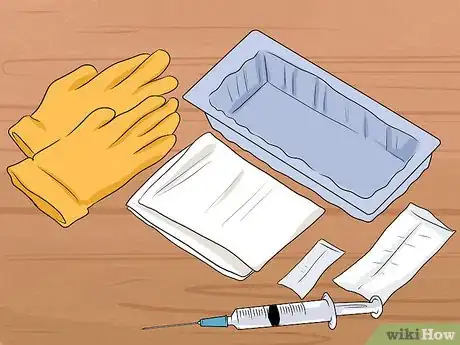
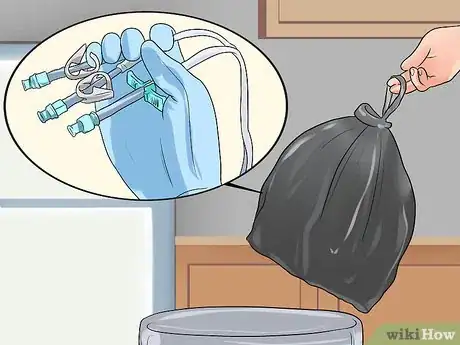
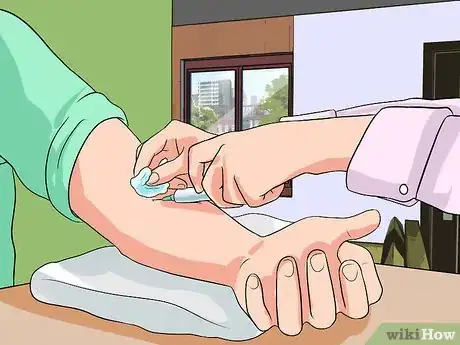

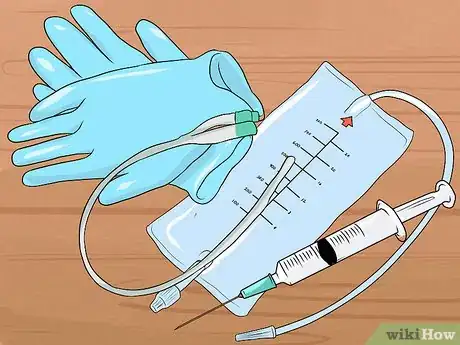
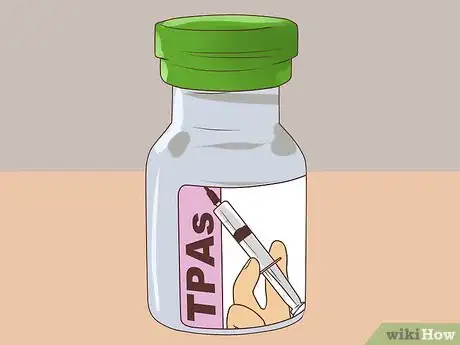

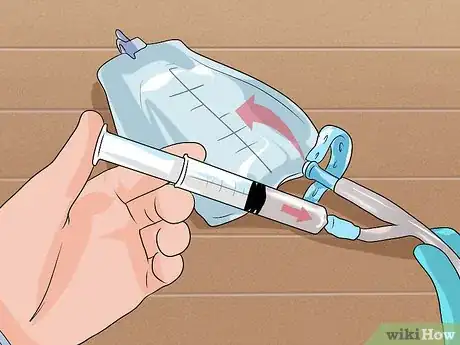


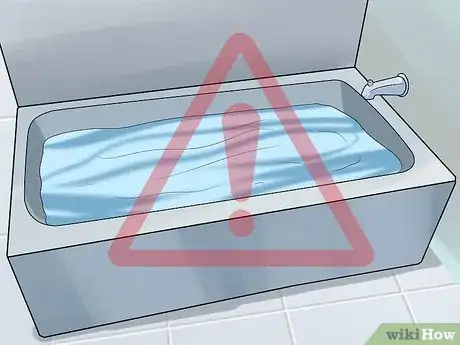



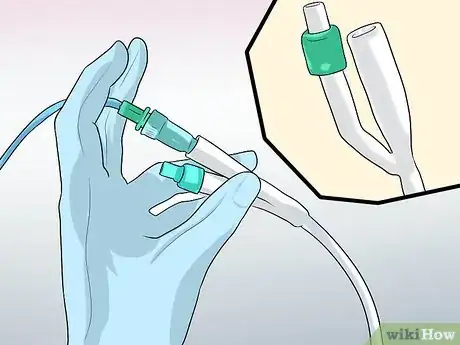
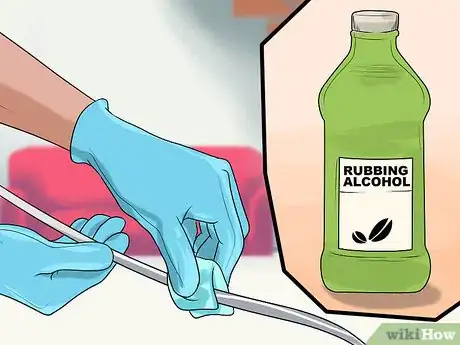





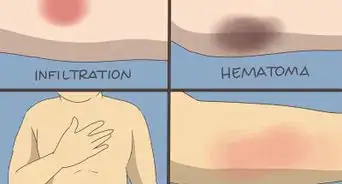
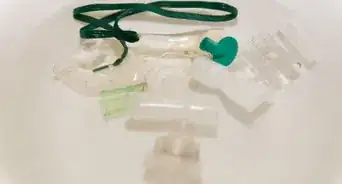



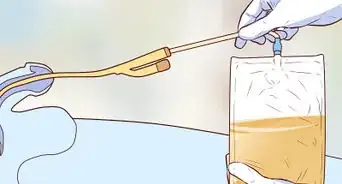
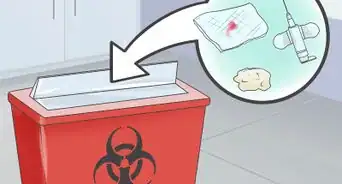








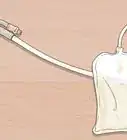
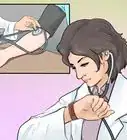




































Medical Disclaimer
The content of this article is not intended to be a substitute for professional medical advice, examination, diagnosis, or treatment. You should always contact your doctor or other qualified healthcare professional before starting, changing, or stopping any kind of health treatment.
Read More...